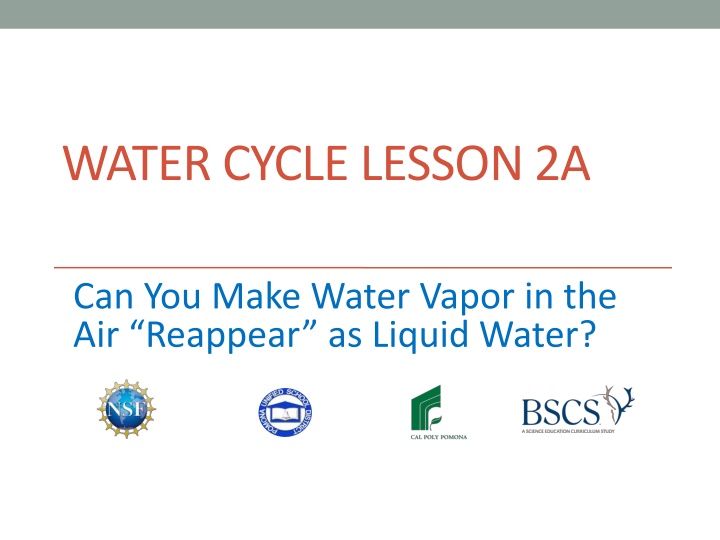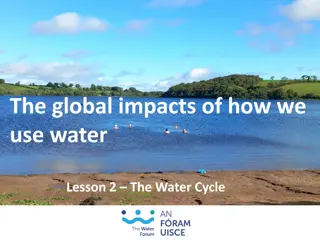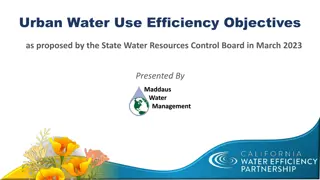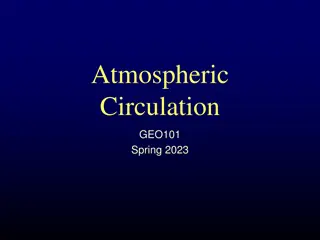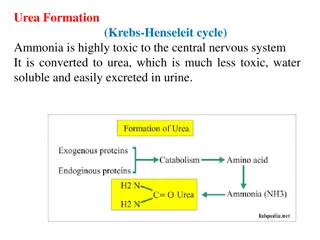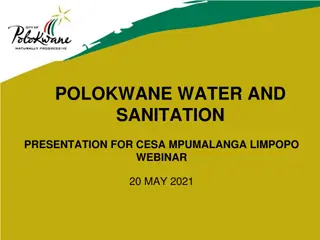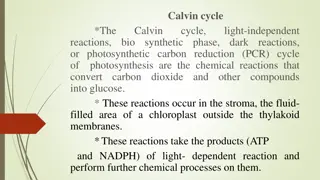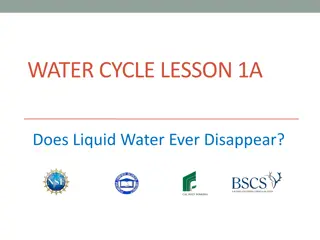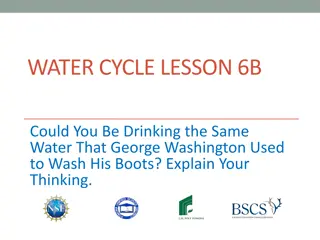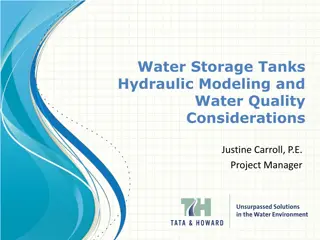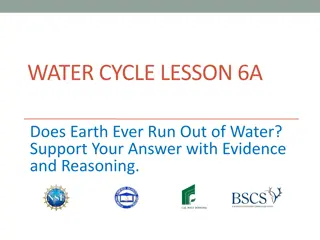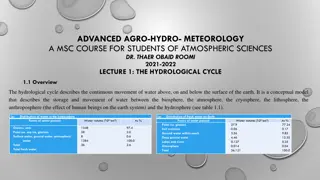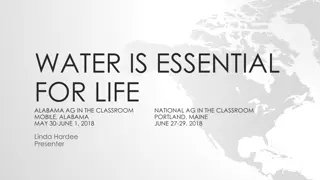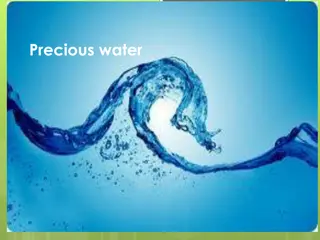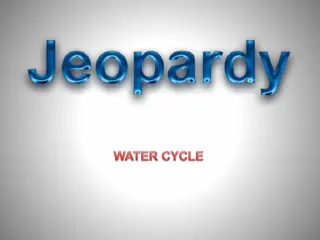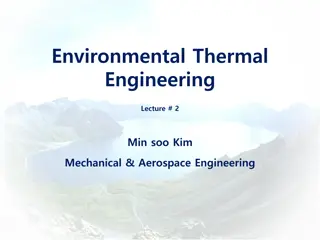WATER CYCLE LESSON 2A
The intriguing process of making water vapor in the air transition back into liquid water. Learn about the mechanisms behind this essential part of the water cycle and how it impacts the environment.
Download Presentation

Please find below an Image/Link to download the presentation.
The content on the website is provided AS IS for your information and personal use only. It may not be sold, licensed, or shared on other websites without obtaining consent from the author.If you encounter any issues during the download, it is possible that the publisher has removed the file from their server.
You are allowed to download the files provided on this website for personal or commercial use, subject to the condition that they are used lawfully. All files are the property of their respective owners.
The content on the website is provided AS IS for your information and personal use only. It may not be sold, licensed, or shared on other websites without obtaining consent from the author.
E N D
Presentation Transcript
WATER CYCLE LESSON 2A Can You Make Water Vapor in the Air Reappear as Liquid Water?
Unit Central Questions How does water change in the world around us? Does Earth ever run out of water?
Review: Water Changes What kind of water change did we investigate yesterday? What did we find out?
Key Idea Because of evaporation, liquid water changes to a gas called water vapor. Water vapor rises into the air, but we can t see it!
Use Science Ideas to Explain Water Changes After it rains, the leaves on plants are wet. But after the Sun comes out, the leaves dry off. 1. What happened to the water that was on the leaves? 2. What are some other situations where liquid water evaporates?
Everyday Examples of Evaporation Photo courtesy of Pixabay.com Photo courtesy of Pixabay.com Photo courtesy of Pixabay.com
Todays Focus Question Can you make water vapor in the air reappear as liquid water? Explain your thinking.
Investigating Our Focus Question: Predictions 1.First, draw and label Cup A and Cup B. 2. Predict what you think will happen if the cups sit for a while. Then tell why you think this will happen. I predict _______. My reason is _______.
What Is Happening with the Cups? 1. Observe what is happening with the 2 cups. 2. Make another drawing of the 2 cups in your science notebooks to show what you observed. Be sure to label the cups. 3. Talk in your group about how you would explain what is happening. What is your claim? What is your evidence?
Our Ideas about What Happened 1. What did you observe? 2. How did the water get onto the outside of cup B (the cup of ice water)? What is your claim (your answer to the question)? What evidence do you have to support your claim? Does anyone have evidence to challenge the claim?
Todays Focus Question Can you make water vapor in the air reappear as liquid water? Explain your thinking. Another question: How did the water droplets get on the outside of the cup of ice water? My claim is __________________________. My evidence is _______________________.
Lets Summarize! We know that when liquid water is heated, it can change to a gas (water vapor) and rise into the air. This is called evaporation. Today we considered the opposite: Can water vapor in the air turn back into liquid water? We observed water droplets form on the outside of a cup of ice water, but not on a cup of water at room temperature. Why did this happen? We started to explain this by making our best claims and supporting them with evidence.
Next Time We have our best claims and evidence about how and why the water droplets formed on the cup of ice water. To finish our scientific explanation, we need to add some logical reasoning using science ideas. Next time we ll learn some new science ideas that will help us explain what we observed in the 2-cups experiment.
